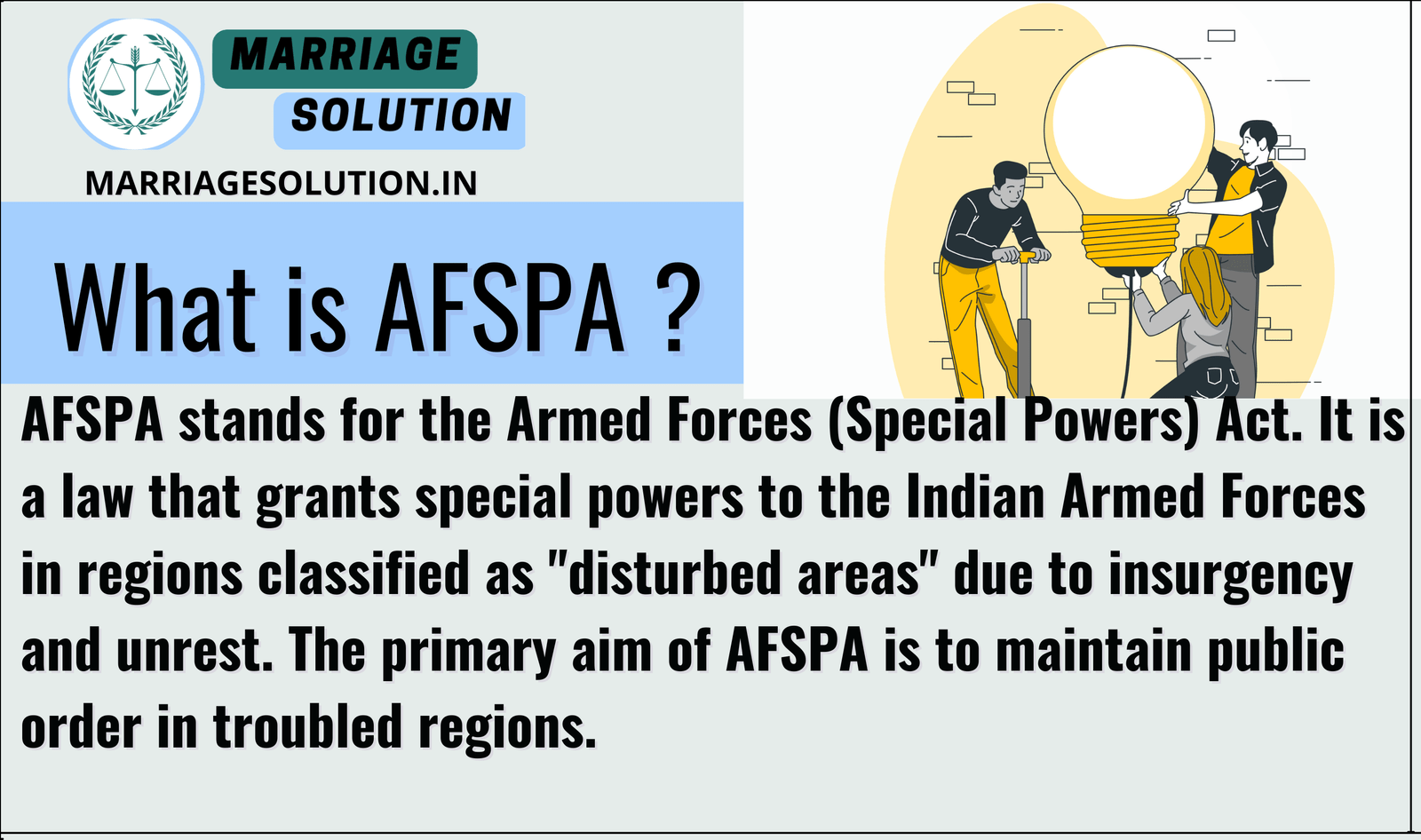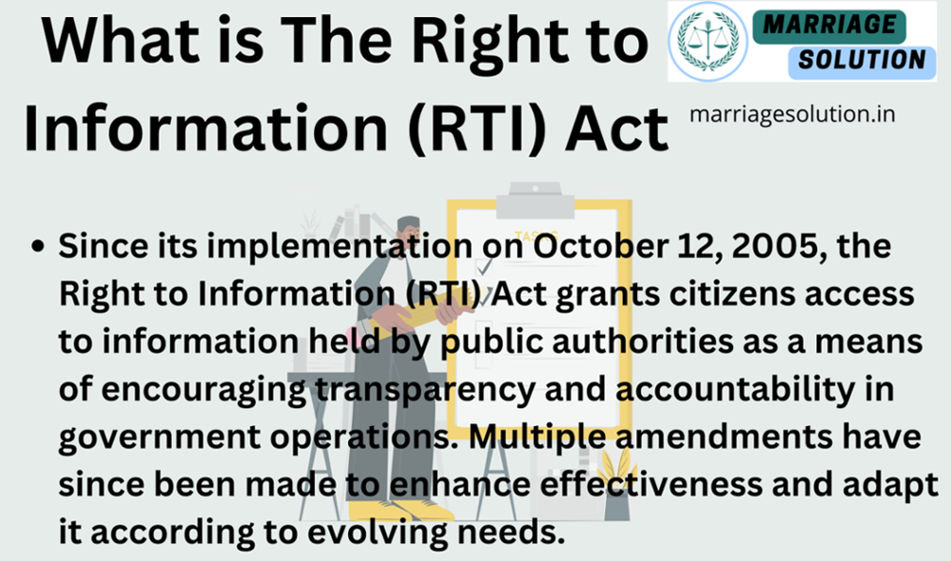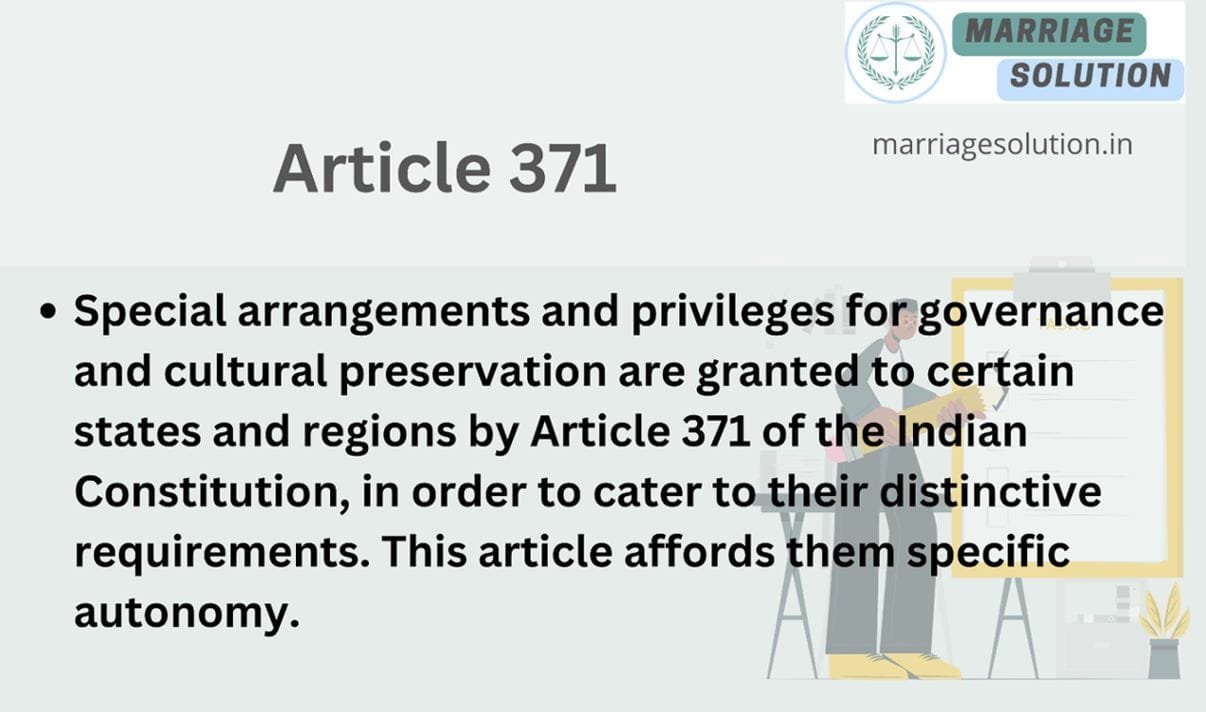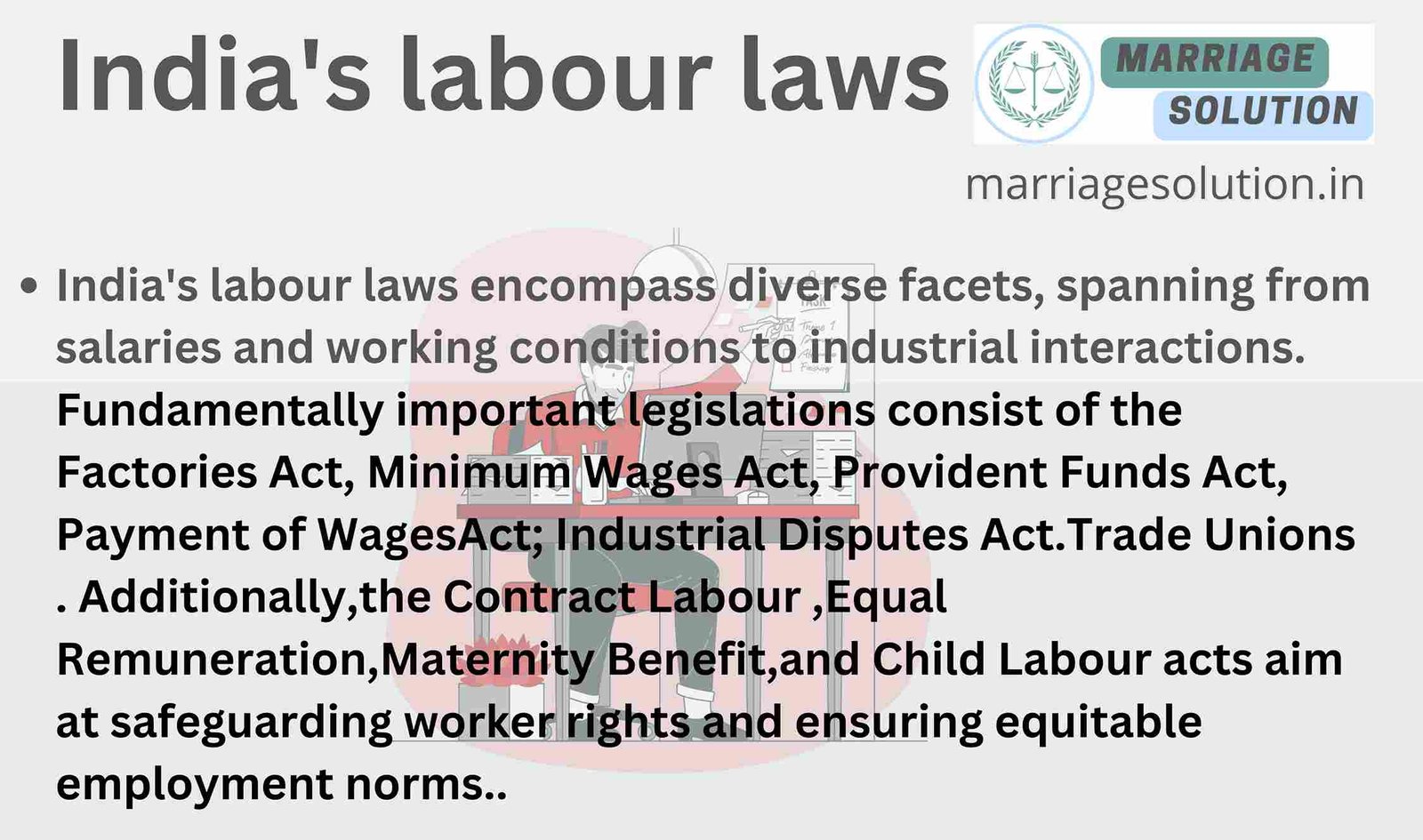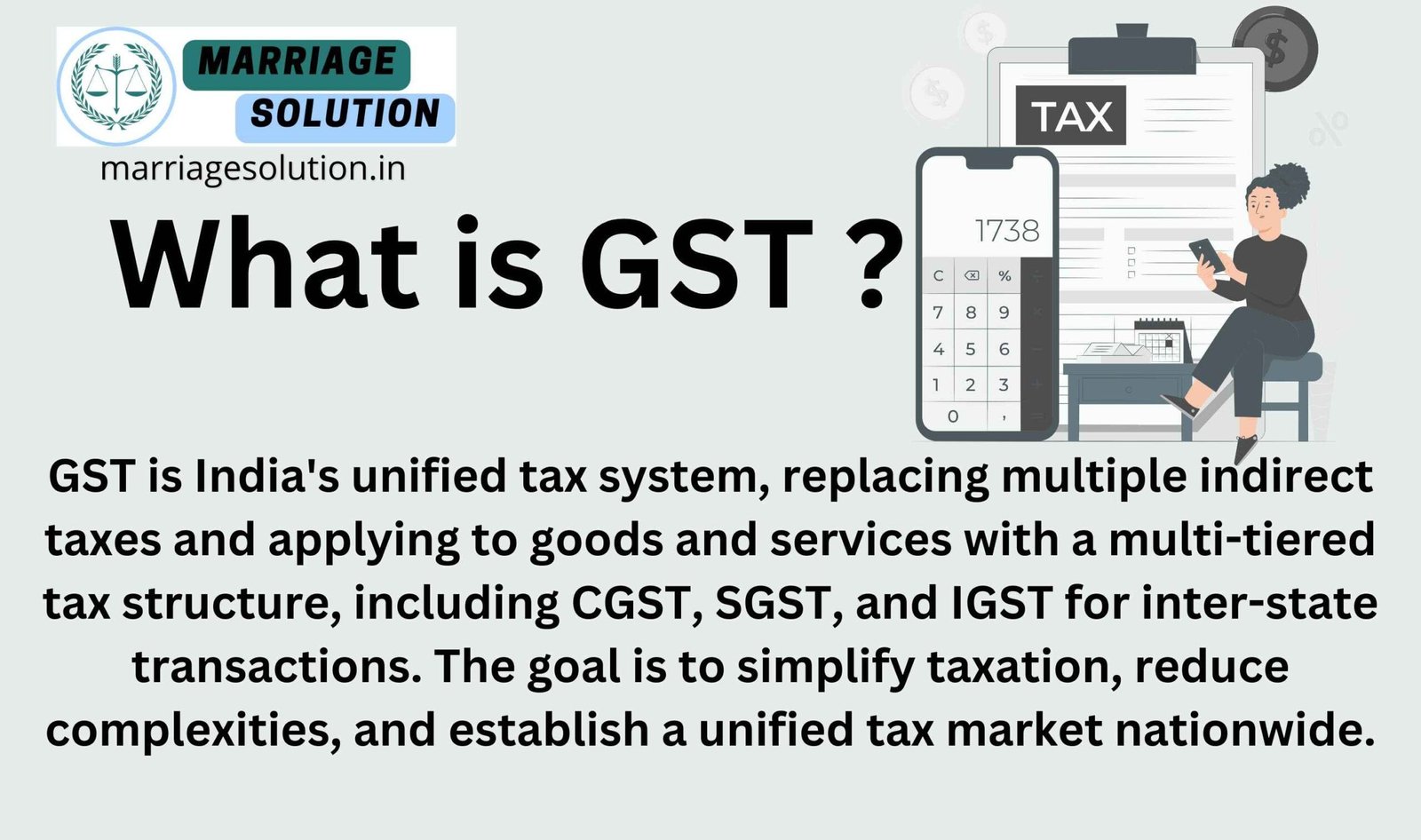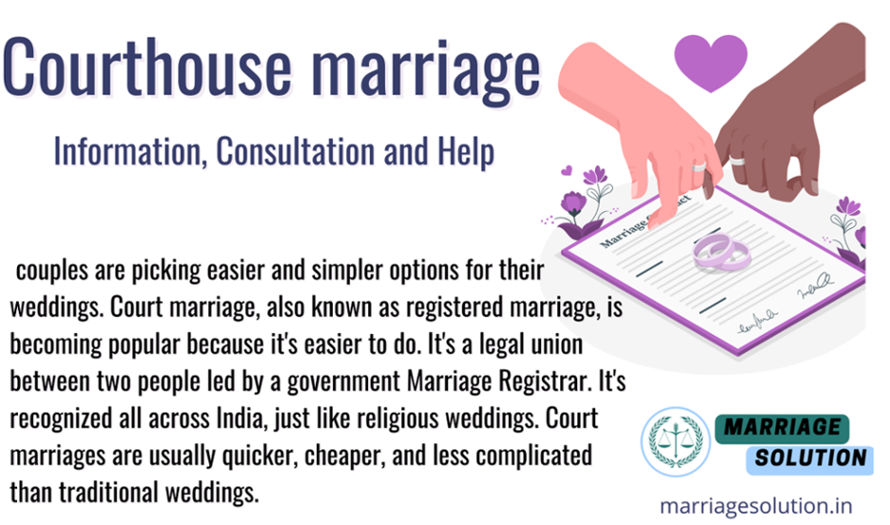Introduction of 147 IPC
147 IPC deals with the punishment for rioting. When a group of people unlawfully uses force or violence, it is considered rioting under the law. This section ensures that those involved in such activities are punished to maintain public peace and security. The law applies to every participant in the riot, regardless of their specific role. The punishment under IPC 147 includes imprisonment for up to two years, a fine, or both. This provision acts as a deterrent to prevent riots and violent group behavior in society. It works alongside IPC 146, which defines rioting, forming a strong legal framework against public disorder.
- Introduction of 147 IPC
- What is IPC Section 147 ?
- Section 147 IPC in Simple Points
- IPC Section 147 Overview
- 10 Key Points of IPC 147 with Detailed Explanations
- 1. Purpose of IPC 147: Preventing Rioting and Ensuring Public Order
- 2. Connection with IPC 146: Understanding Rioting
- 3. Who Can Be Punished Under IPC 147?
- 4. Individual Accountability in Riots
- 5. The Law’s Deterrent Effect: Preventing Future Riots
- 6. Riots as a Threat to Public Safety
- 7. Court’s Power to Decide the Punishment
- 8. IPC 147 and Group Riots: Addressing Mob Psychology
- 9. Relationship with Other Laws on Public Order
- 10. Evolving Judicial Interpretations of IPC 147
- Examples of IPC 147 in Real-Life Situations
- 147 IPC Punishment
- Section 147 IPC case laws
- 147 IPC bailable or not ?
- Section 147 of IPC in short information
- 147 IPC FAQs
- If you need support with court proceedings or any other legal matters, don’t hesitate to reach out for assistance.
What is IPC Section 147 ?
IPC 147 plays a crucial role in controlling riots and violent group activities. By imposing strict punishments, it ensures that public order is maintained and individuals are discouraged from participating in riots. This law works together with other legal provisions to prevent violence, protect people and property, and uphold justice. Courts analyze each case carefully to ensure fair punishment based on the level of involvement in the riot.
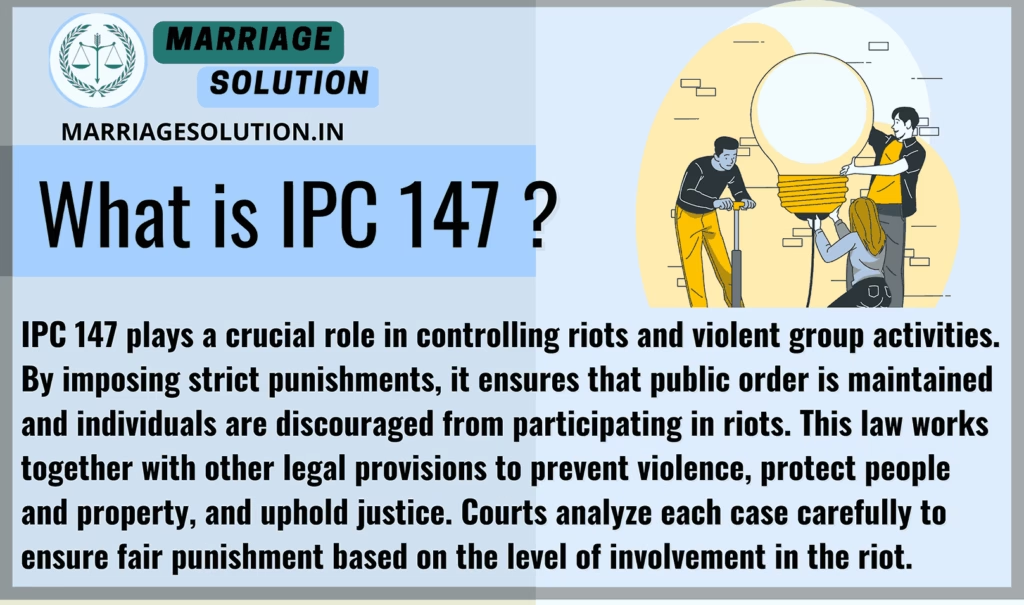
Section 147 IPC in Simple Points
1. What is IPC 147?
IPC 147 punishes individuals who participate in rioting. If five or more people gather and use force or violence for a common unlawful purpose, it is considered a riot. The law ensures that everyone involved in the riot is held accountable, preventing public disturbances, harm to individuals, and damage to property. By enforcing this law, the government maintains peace and order in society.
2. Who Can Be Punished Under IPC 147?
Anyone who takes part in a riot can be punished under IPC 147, even if they did not directly commit violence. If someone is present in a violent gathering and encourages or supports the riot, they can still be charged with rioting. The law does not allow individuals to escape responsibility by blaming the group. This ensures that every participant is held accountable.
3. Purpose of the Law: Preventing Public Disorder
The primary aim of IPC 147 is to control riots and maintain law and order. Riots can lead to injuries, loss of life, and destruction of property. By punishing those involved, this law discourages people from joining violent gatherings. It acts as a warning that unlawful group violence will not be tolerated, ensuring that peaceful protests do not turn into riots.
4. Punishment Under IPC 147
The punishment for rioting under IPC 147 includes:
- Imprisonment for up to two years
- A fine, as decided by the court
- Both imprisonment and fine in severe cases
The court considers the severity of the riot, the damage caused, and the individual’s role before deciding the punishment. This helps ensure fairness and justice.
5. IPC 147 and its Connection with IPC 146
IPC 146 defines what rioting means, while IPC 147 provides punishment for those involved. These two sections together form a strong legal framework to tackle riots. If an unlawful assembly turns violent, IPC 146 comes into effect first, and then IPC 147 is used to punish the offenders. This ensures that rioters do not escape legal consequences.
IPC Section 147 Overview
IPC Section 147 is a legal provision under the Indian Penal Code that punishes those involved in rioting. A riot occurs when an unlawful assembly (a group of people) uses force or violence to achieve a common unlawful objective. This law aims to maintain peace, protect people and property, and prevent violent public gatherings. IPC 147 ensures that those who take part in riots face legal consequences, discouraging such behavior in society.
10 Key Points of IPC 147 with Detailed Explanations
1. Purpose of IPC 147: Preventing Rioting and Ensuring Public Order
The main purpose of IPC 147 is to prevent public violence and punish rioting. When a group of people engages in violent activities, it can harm individuals, damage property, and create fear in society. By enforcing strict punishments, the law aims to control such disturbances and maintain public peace. This provision ensures that people do not misuse their right to protest by turning violent.
2. Connection with IPC 146: Understanding Rioting
IPC 146 defines what rioting is, stating that if an unlawful assembly (a group of five or more people) uses force or violence, it is considered a riot. IPC 147, on the other hand, prescribes the punishment for those involved in such activities. These two sections together form a strong legal foundation to address riots and ensure that those responsible face consequences.
3. Who Can Be Punished Under IPC 147?
This law applies to anyone actively involved in rioting, no matter their role in the group. Whether a person throws stones, damages property, physically harms someone, or even encourages violence, they can be charged under IPC 147. Even if someone does not directly engage in violence but remains present in a rioting crowd, they can still be held guilty.
4. Individual Accountability in Riots
Riots often occur due to mob mentality, where individuals feel less responsible for their actions. However, IPC 147 ensures individual accountability. Even if someone was part of a large group, they cannot escape punishment by blaming others. The law makes sure that each person in a riot is held responsible for their role.
5. The Law’s Deterrent Effect: Preventing Future Riots
By imposing strict punishments, IPC 147 serves as a deterrent to prevent people from engaging in riots. The possibility of facing imprisonment or fines discourages people from participating in violent gatherings. The government uses this law to send a strong message that rioting is a serious crime and will not be tolerated.
6. Riots as a Threat to Public Safety
Riots create chaos and pose a significant threat to public safety. They can lead to injuries, destruction of public and private property, and disruption of normal life. IPC 147 ensures that such violent acts do not go unpunished, helping in controlling law and order and protecting citizens from harm.
7. Court’s Power to Decide the Punishment
The punishment under IPC 147 is not fixed and can vary depending on the severity of the riot. The court considers several factors, such as:
- Level of violence used
- Extent of damage caused
- Previous criminal record of the accused
A judge may reduce or increase the punishment based on these considerations, ensuring fair and just sentencing.
8. IPC 147 and Group Riots: Addressing Mob Psychology
Riots often involve many people acting together, making it difficult to determine individual roles. IPC 147 ensures that every participant in a riot is treated as guilty, even if they did not personally cause harm. This discourages people from joining violent mobs and holds them accountable for the actions of the group.
9. Relationship with Other Laws on Public Order
IPC 147 does not work alone. It is closely linked with other laws that maintain public order, such as:
- IPC 141 (Unlawful Assembly)
- IPC 146 (Rioting Definition)
- IPC 148 (Rioting with Deadly Weapons)
- Section 144 of CrPC (Power to impose curfews and prevent unlawful gatherings)
Together, these laws help control riots and violent protests and ensure that offenders do not escape legal action.
10. Evolving Judicial Interpretations of IPC 147
Over time, courts have interpreted IPC 147 differently based on changing social conditions and legal perspectives. Courts analyze:
- Was there an actual use of force or violence?
- Did the accused willingly participate in the riot?
- Was the violence planned or spontaneous?
These interpretations ensure that punishments are fair and appropriate for each case, making the law relevant in modern times.
Examples of IPC 147 in Real-Life Situations
Example 1: Political Protest Turns Violent
A group of protesters gathers to demonstrate against a government policy. Initially, the protest is peaceful, but after some time, some members of the crowd start throwing stones at police officers and burning vehicles. The police use force to disperse the crowd, but several individuals continue to engage in violence. Those involved can be charged under IPC 147 for participating in a riot.
Example 2: Communal Clash in a Local Market
In a marketplace, two groups start fighting over a dispute. The fight escalates into a riot, where shops are damaged, people are injured, and public property is destroyed. Since this involves a group using violence, everyone involved in the riot can be booked under IPC 147 for disturbing public peace.
147 IPC Punishment
- Imprisonment: Up to two years
- Fine: An amount decided by the court based on the severity of the riot
- Both: In some cases, courts may impose both imprisonment and a fine
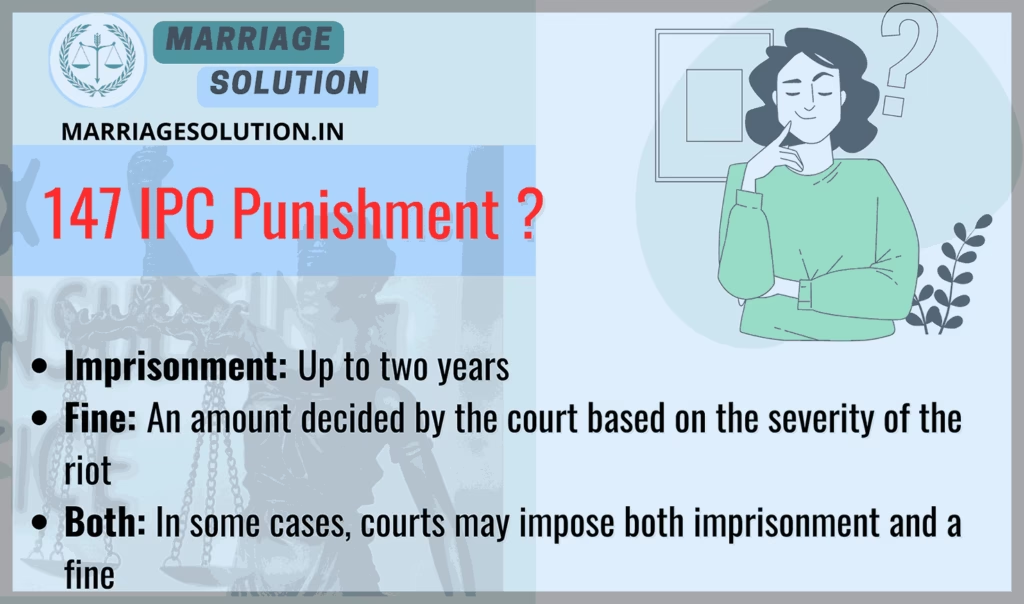
Section 147 IPC case laws
- Case 1: Manik Taneja vs State of Karnataka (2015)
- Background: A group of individuals were involved in a riot that broke out during a protest against a local government policy.
- Incident: The protest turned violent, resulting in damage to public property and injuries to several police officers.
- Charges: The accused were charged under IPC 147 along with other sections for causing damage and injuring law enforcement personnel.
- Outcome: The court sentenced the main instigators to two years in prison and imposed fines. Others received lesser sentences based on their involvement.
- Case 2: State of Maharashtra vs Rajesh Kumar (2013)
- Background: A political rally escalated into a riot, with participants vandalizing vehicles and shops.
- Incident: The riot caused significant property damage and injured several bystanders.
- Charges: Several individuals, including Rajesh Kumar, were charged under IPC 147.
- Outcome: The court convicted Rajesh Kumar and others, imposing varying sentences of imprisonment and fines based on their roles in the riot.
- Case 3: Anil Kumar vs State of Haryana (2017)
- Background: A land dispute between two communities led to a violent confrontation.
- Incident: The rioting resulted in the burning of houses and vehicles, with multiple injuries reported.
- Charges: Participants from both communities were charged under IPC 147.
- Outcome: The court handed down sentences ranging from six months to two years, depending on the level of involvement and prior criminal records.
- Case 4: State vs Pawan Sharma (2019)
- Background: A riot erupted during a religious procession, leading to clashes between different community groups.
- Incident: The violence led to injuries and damage to religious sites and public property.
- Charges: Pawan Sharma and others were charged under IPC 147.
- Outcome: The court found Pawan Sharma guilty and sentenced him to one year in prison, with additional fines for the damage caused.
- Case 5: Rakesh Singh vs State of Uttar Pradesh (2020)
- Background: Farmers protesting against government policies clashed with law enforcement officers.
- Incident: The riot resulted in injuries to both protesters and police officers, along with property damage.
- Charges: Rakesh Singh and fellow protesters were charged under IPC 147.
- Outcome: The court sentenced Rakesh Singh to one and a half years in prison and imposed fines. Some protesters received lighter sentences based on their involvement.
- Case 6: State vs Sunil Kumar (2016)
- Background: A sports event turned violent following disputes between rival fan groups.
- Incident: The rioting caused injuries and extensive damage to the sports facility.
- Charges: Sunil Kumar and others were charged under IPC 147.
- Outcome: The court sentenced Sunil Kumar to nine months in prison and imposed fines. Others received lesser punishments.
- Case 7: Shyam Lal vs State of Rajasthan (2018)
- Background: A clash between two villages over water resources escalated into a riot.
- Incident: The riot led to injuries and destruction of property in both villages.
- Charges: Shyam Lal and others were charged under IPC 147.
- Outcome: The court imposed sentences ranging from six months to two years, with fines to compensate for the damage caused.
- Case 8: State vs Mahesh Patel (2014)
- Background: A political demonstration against corruption turned violent.
- Incident: The riot resulted in injuries to participants and police officers, along with property damage.
- Charges: Mahesh Patel and others were charged under IPC 147.
- Outcome: The court sentenced Mahesh Patel to one year in prison and imposed fines. Some participants received lighter sentences.
- Case 9: Arvind Kumar vs State of Bihar (2021)
- Background: A community dispute over land rights led to a violent clash.
- Incident: The rioting caused injuries and significant property damage in the area.
- Charges: Arvind Kumar and others were charged under IPC 147.
- Outcome: The court imposed sentences ranging from eight months to two years, with fines to compensate for the damage.
- Case 10: State vs Vikram Singh (2012)
- Background: A labor strike turned violent, with workers clashing with security personnel.
- Incident: The riot resulted in injuries and damage to industrial property.
- Charges: Vikram Singh and others were charged under IPC 147.
- Outcome: The court sentenced Vikram Singh to one and a half years in prison and imposed fines. Others received lighter sentences based on their roles in the riot.
147 IPC bailable or not ?
IPC 147 is generally a non-bailable offense, meaning bail is not automatically granted. The court will decide based on factors such as the riot’s severity and the individual’s role and potential risk if released.
Section 147 of IPC in short information
| IPC Section | Offense | Punishment | Bailable/Non-Bailable | Cognizable/Non-Cognizable | Trial By |
|---|---|---|---|---|---|
| IPC 147 | Punishment for Rioting | Up to 2 years in jail, fine, or both | Bailable | Cognizable | Magistrate |
147 IPC FAQs
What is IPC 147?
Think of IPC 147 as the consequence for rioting. It outlines the punishment for people who join a violent mob. It’s a clear message: riot, and you face jail time or a fine, or both.
How can I get in trouble under IPC 147?
If you’re part of a riot (as defined by IPC 146), you can be charged under IPC 147. Even if you weren’t the leader, being there makes you liable for punishment.
What’s the punishment for rioting?
The punishment can be up to 2 years in jail, a fine, or both. The severity depends on how bad the riot was, your role in it, and any damage caused. Judges have some flexibility in sentencing.
Is getting bail possible after a rioting arrest?
Getting bail for IPC 147 is difficult. Courts often deny bail due to the threat riots pose to public safety. You might have to convince the judge otherwise.
If you need support with court proceedings or any other legal matters, don’t hesitate to reach out for assistance.
Court or any other marriage-related issues, our https://marriagesolution.in/lawyer-help-1/ website may prove helpful. By completing our enquiry form and submitting it online, we can provide customized guidance to navigate through the process effectively. Don’t hesitate to contact us for personalized solutions; we are here to assist you whenever necessary!
The Right to Information (RTI) Act : Explore the essence of the Right to Information (RTI) Act through this symbolic image. The image features legal…
Article 371 of the Indian Constitution grants special provisions to specific states and regions within India, addressing their unique historical, social, and cultural circumstances. These…
The purpose of labour laws is to safeguard employees and guarantee equitable treatment at the workplace, encompassing aspects such as remuneration, security, and perks. These…
The Goods and Services Tax (GST) is like a big change in how we pay taxes in India. It started on July 1, 2017, and…
couples are picking easier and simpler options for their weddings. Court marriage, also known as registered marriage, is becoming popular because it’s easier to do.…

